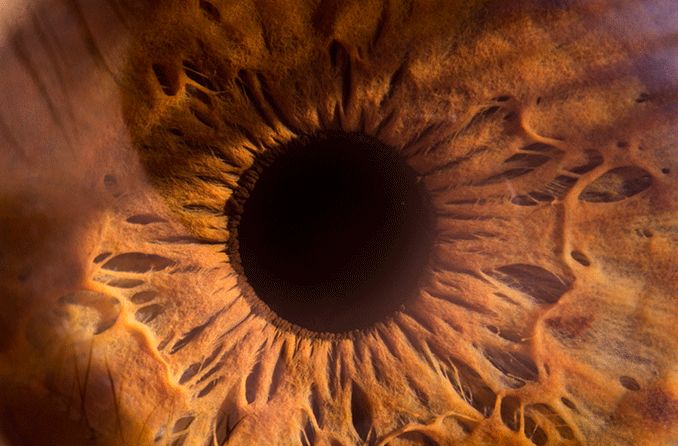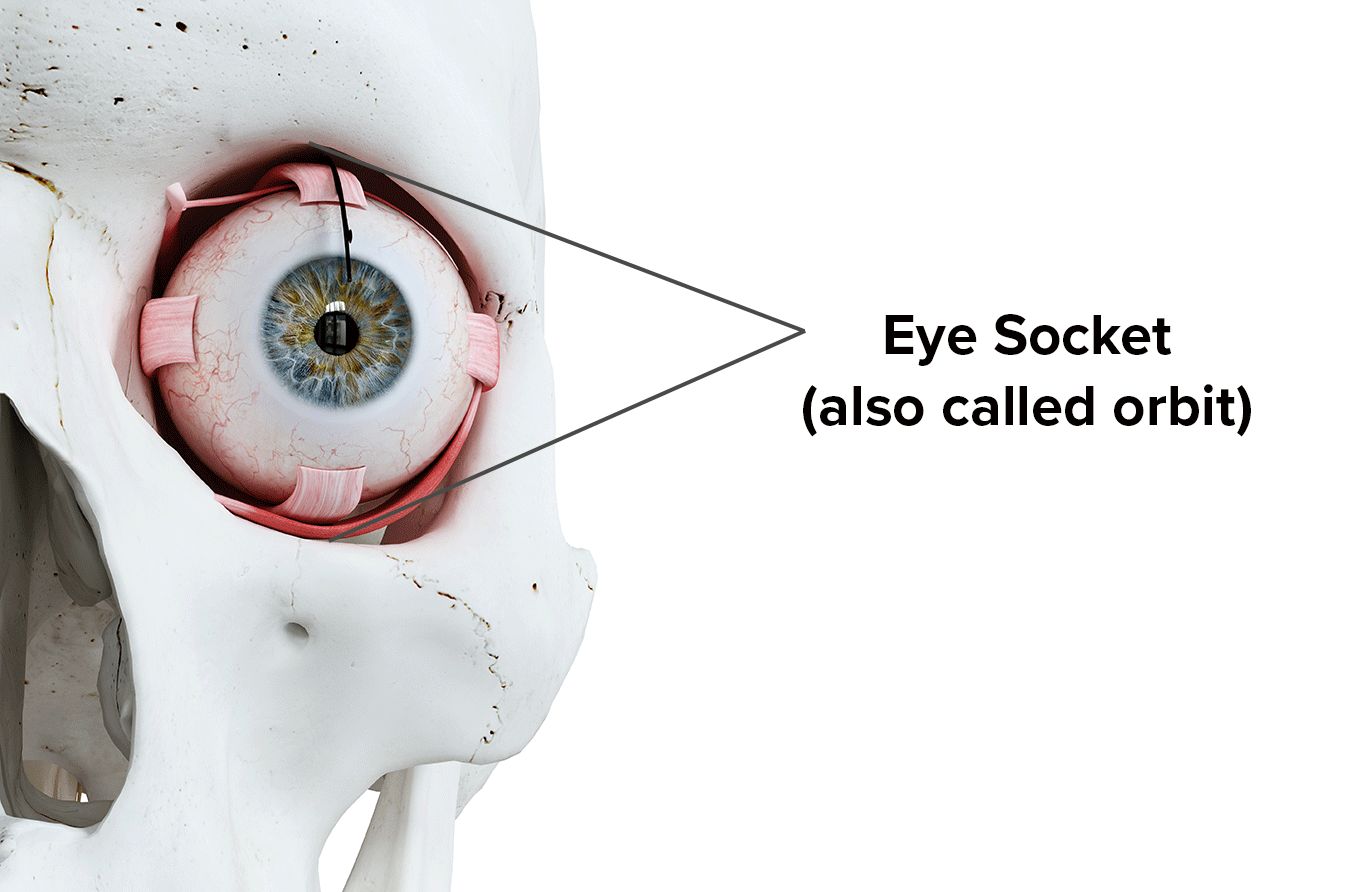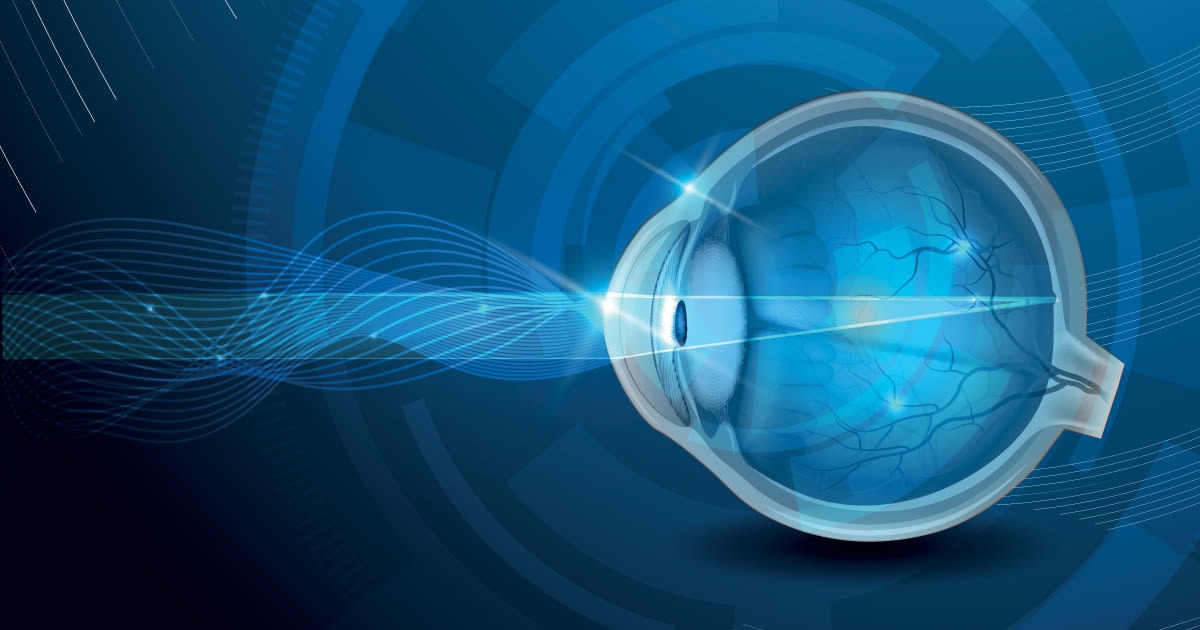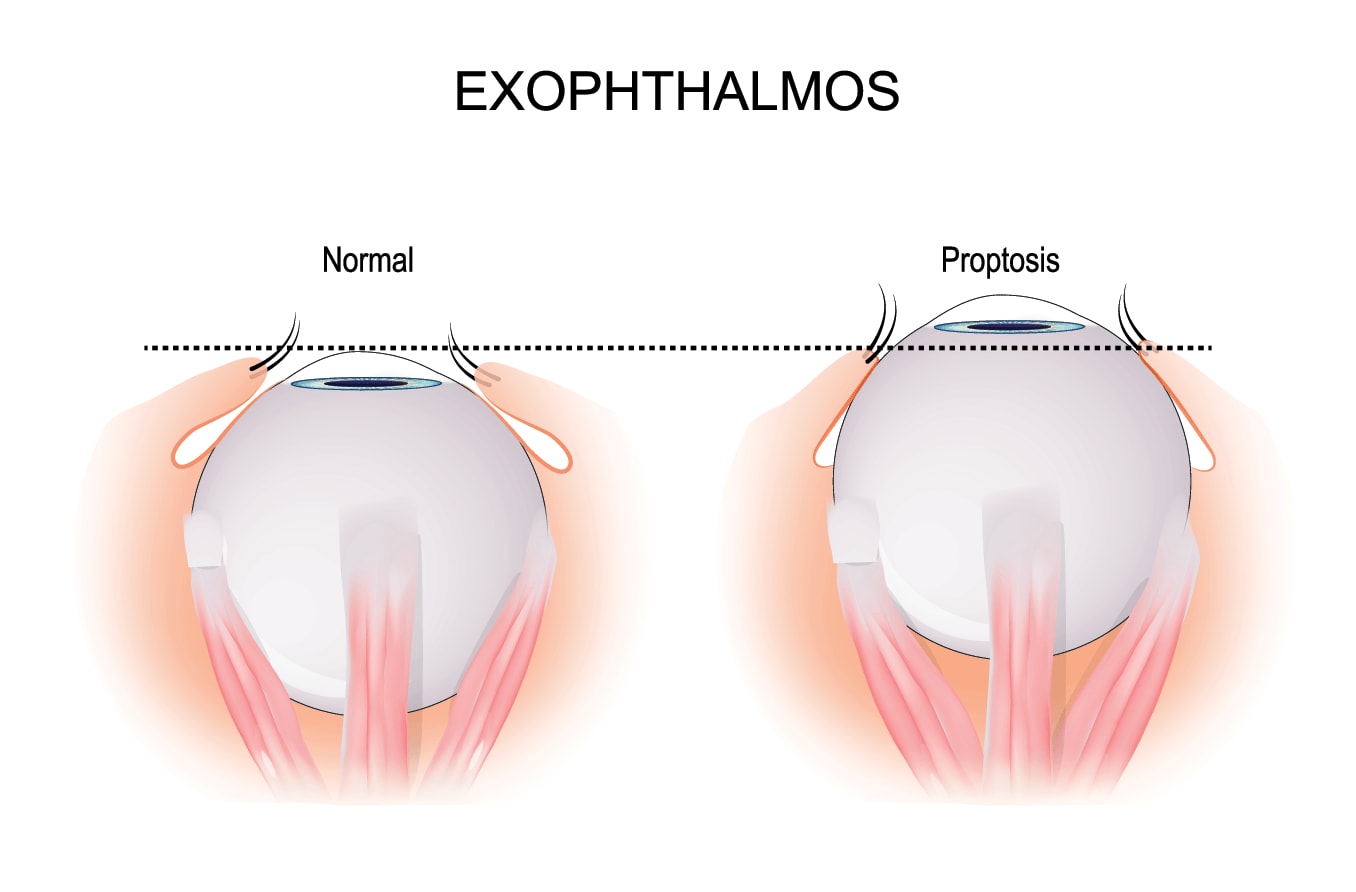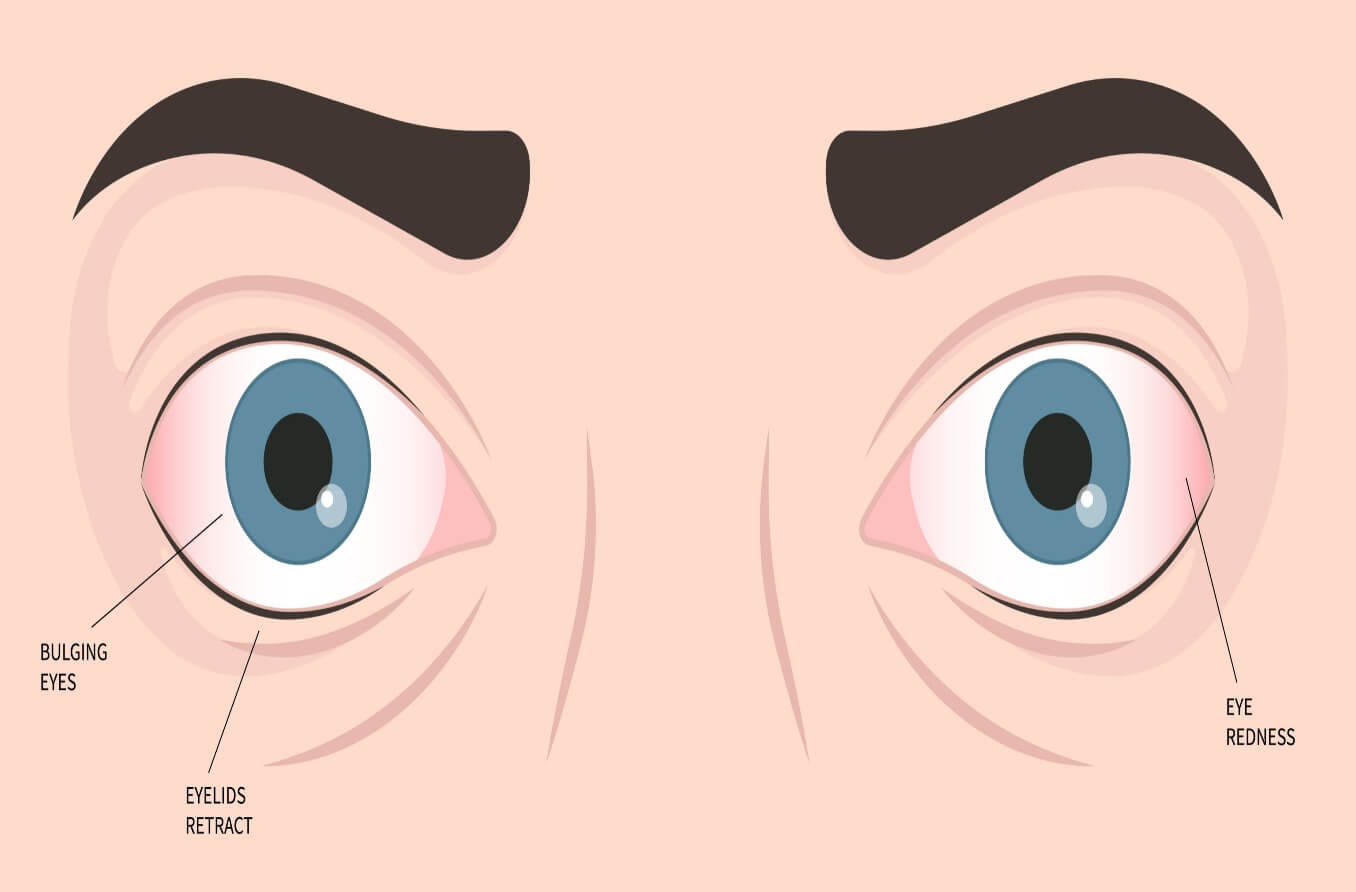What are microphthalmia and anophthalmia?
Microphthalmia and anophthalmia are conditions in which the eyes are underdeveloped or absent. They are congenital diseases, meaning they are present at birth. People with microphthalmia are born with underdeveloped eyeballs. This can make the eyes appear abnormally small and uneven.
When a person has anophthalmia, it means their eyeball tissue did not develop at all, causing them to be born without eyes.
Microphthalmia and anophthalmia can be unilateral (affect one eye) or bilateral (affect both eyes). The conditions are very rare, affecting only 1 in every 5,300 babies born in the United States each year.
Being born with underdeveloped or no eyes can occur on its own, or be accompanied by other symptoms. It’s also possible for microphthalmia and anophthalmia to present as part of a syndrome. While there is no cure, there are some cosmetic treatment options that may give the appearance of a healthy eye.
Microphthalmia vs. anophthalmia
Microphthalmia and anophthalmia are often confused with one another or used interchangeably. While both are birth defects that affect the eyes, some key features differentiate the two.
Microphthalmia
With microphthalmia, also called “small eye syndrome,” one or both eyeballs fail to grow to full size. This means the eye’s volume and length are significantly less than the average for the person’s age range. However, ocular tissue is present.
It may appear as though the eyeball is completely missing from the socket, but on closer inspection, some eye tissue can be detected. How the eyeball functions in terms of vision depends on the severity of the microphthalmia and what other ocular abnormalities may accompany it.
Microphthalmia can be classified as simple or complex . In simple cases, the eyeballs are small but otherwise normal, meaning all parts of the eye are present and functioning properly. Normal vision is possible in simple microphthalmia.
In complex cases, small eyeballs are associated with other eye abnormalities, such as cataracts, coloboma and ptosis. Vision may be impaired due to this malformation and its accompanying conditions.
Anophthalmia
Anophthalmia, on the other hand, occurs when one or both eyeballs fail to form at all. This means no ocular globe or tissue can be detected under clinical examination and imaging. A person will be completely blind on one or both sides if they are missing one or both eyeballs due to anophthalmia.
SEE RELATED: Rare eye diseases
Causes of microphthalmia and anophthalmia
Being born with eyes that are small or missing can be caused by one of several genetic or environmental factors.
While in the uterus, a baby’s eyeballs develop between the third and tenth week of gestation. During this time, important parts of the eye develop and grow to create a healthy eye and visual system.
In cases of microphthalmia and anophthalmia, genetic, chromosomal or environmental factors interfere with the growth of critical ocular features. This not only affects the appearance of the eyes but also a child’s eyesight, often resulting in limited visual acuity, severe vision loss or blindness.
Genetic and chromosomal causes
Studies suggest that there are over 100 genetic traits associated with microphthalmos and coloboma. Many cases are sporadic, meaning they seem to occur “out of nowhere.”
However, there have been instances where microphthalmia is inherited through autosomal-dominant, autosomal-recessive and X-linked means. The two genes with the highest level of causation of microphthalmia are PAX6 and SOX2.
The PAX6 gene is known as the “master regulator” of the eye during development. It plays a critical role in the formation of the optic cup (a building block for many eye structures). It also aids in the development of the lens and outer layer of the cornea.
The SOX2 gene creates a protein that regulates the function of other genes — specifically genes that focus on eye development. So, in short, SOX2 allows PAX6 to do its job. A mutation in SOX2 can limit or restrict the production of this important protein. This ultimately affects genes in charge of eye development.
Mutations in PAX6 and SOX2 are also leading causes of anophthalmia. SOX2 mutations make up about 40% of anophthalmia cases, which makes it the most common genetic cause of the condition.
OTX2 is another gene seen frequently in bilateral anophthalmia. This gene plays an important role in the development of the retina, such as through the differentiation of the photoreceptors (rods and cones). Mutations in this gene often include other signs and symptoms, including structural abnormalities within the brain and developmental delays.
Environmental causes
External factors can influence whether a baby is born without eyes or born with small eye syndrome. Factors that increase the overall risk of birth defects include:
Chemical exposure – Expectant mothers should avoid exposure to certain chemicals and toxins, such as mercury, solvents, pesticides, radiation from X-rays, etc. Exposure during pregnancy may pose issues for fetal development.
Infection – Fetal development can be affected if the mother is exposed to certain infections. These include rubella and toxoplasmosis, or viruses such as herpes simplex and Zika.
Adverse behaviors – Pregnant women should avoid alcohol and caffeine, as well as tobacco and illegal drug use. These, as well as poor dietary habits, can negatively affect their unborn baby’s overall health and development.
Mature age – Women over 40 who get pregnant are more likely to have a child with chromosomal abnormalities.
Obesity – Babies born to women with an elevated body mass index (BMI) are at higher risk of being born with birth defects.
Certain medications – Women taking isotretinoin or thalidomide should stop using them before trying to get pregnant. Isotretinoin is used to treat acne and thalidomide can treat certain cancers and skin conditions. Both medications can cause serious birth defects if taken during pregnancy.
Underlying medical conditions – Conditions present before and during pregnancy may interfere with fetal growth. Some of these preexisting or chronic conditions include diabetes, obesity and cancer.
Isolated (non-syndromic) or syndromic cases
Microphthalmia and anophthalmia can be part of a syndrome (syndromic). They can also be present by themselves (non-syndromic). Around one-third of all those with microphthalmia and anophthalmia have it as part of a syndrome.
Syndromic microphthalmia and anophthalmia
Syndromic means the birth defect occurs along with other conditions that affect organs and tissues in other parts of the body.
One example of syndromic microphthalmia is Lenz microphthalmia syndrome. This rare birth defect is passed down through families (inherited) and almost exclusively affects males when it is expressed fully. When a female is affected, she typically only exhibits some symptoms.
Lenz microphthalmia syndrome is characterized by small eyes along with malformations of other parts of the body. This includes the eyelids (blepharoptosis), skull (microcephaly), spine (scoliosis) and/or fingers (clinodactyly).
Other conditions in which microphthalmia or anophthalmia are typically present include:
CHARGE syndrome
Anophthalmia-plus syndrome
Norrie disease
Holoprosencephaly 2
Oculoauricular syndrome
Septooptic dysplasia
Hallermann-Streiff syndrome
Fraser syndrome
Non-syndromic microphthalmia and anophthalmia
Non-syndromic (or “isolated”) cases occur on their own without connection to other conditions. In non-syndromic cases, no other organs or tissues are affected.
Microphthalmia and anophthalmia symptoms
The main symptom is having one or both eyes that are smaller than normal or completely absent. Some secondary symptoms of this include poor vision or blindness.
Other symptoms that are often present in people with the conditions include:
Clouded lens (cataract)
Missing eye tissue (coloboma)
Small cornea (microcornea)
Droopy eyelid (ptosis)
Lazy eye (amblyopia)
Partial or complete absence of the iris (aniridia)
Your child’s eye doctor will likely be able to diagnose them with a physical observation and a comprehensive eye exam. A doctor may also be able to diagnose a baby while in utero using fetal sonography.
SEE RELATED: Congenital cataracts
Microphthalmia and anophthalmia treatment
There is no way to cure or fully correct this birth defect. However, there are surgeries available to treat other eye abnormalities that may occur alongside these conditions. Your doctor may also suggest an artificial (prosthetic) eye to help with facial structure and improve the appearance of the eye area.
Prosthetic eyes for microphthalmia and anophthalmia
An artificial or prosthetic eye takes the place of a missing eyeball and is designed to fit over an orbital (eye socket) implant like a shell.
Cosmetically, it improves appearance by giving the face symmetry and a more natural look, especially when painted with an iris and pupil. While a prosthetic eye doesn’t return vision, it can function like a real eye in terms of blinking, watering and movement.
Newborns and very young children are fitted with a special type of prosthetic eye called a conformer. It's inserted to promote and encourage orbital growth since the bones around the eyes are still forming. These special devices help expand the eye socket as the child grows.
Conformers are exchanged for larger sizes until the child’s growth slows around age 2. Sometime after this, a conformer can be switched to a regular prosthesis. Just like no two pairs of natural eyes are the same, no two sets of prosthetic eyes are the same.
If you are looking into prosthetics, here are some things you may want to consider and discuss with your ocularist (a professional who makes prosthetic eyes) and your eye surgeon:
Material – Options include acrylic plastic polymer, silicone polymer and acrylic glass.
Customization – For a more natural look, a prosthetic can be customized with your eye color and pupil size. It can also be measured to fit by taking an impression of the orbit.
Cost – Ready-made shells provide a less expensive alternative to custom-made, though they may not fit properly or look as natural.
Managing microphthalmia and anophthalmia
Microphthalmia can be emotionally difficult for a baby’s parents and family — especially given that there’s no cure. Many support and advocacy groups are available to provide education and resources for those dealing with vision loss.
As with other birth defects, early diagnosis and treatment are imperative. It’s important to consult with a genetic counselor, OB-GYN, pediatrician and eye doctor to discuss your risks and determine your options for ensuring your child’s ocular health.

